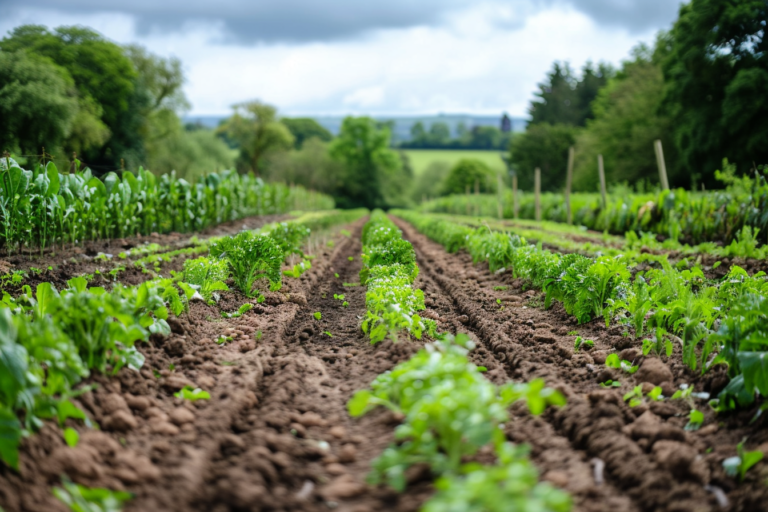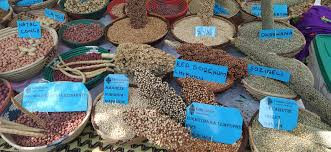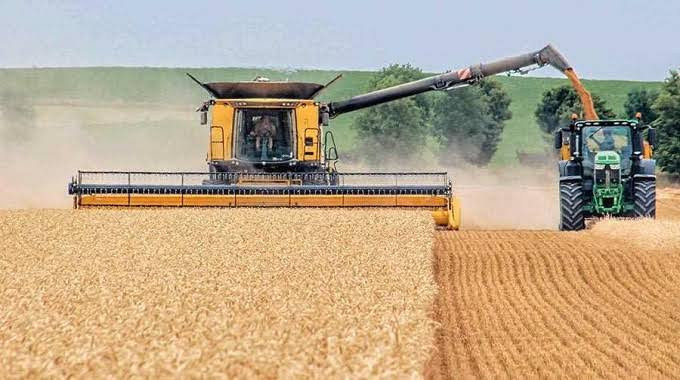
THE Consortium of International Agricultural Research Centres (CGIAR) has launched a pilot programme in Mbire and Murehwa districts to promote agroecological solutions as it moves to support sustainable farming.
CGIAR is a French international organisation that is a global partnership of international organisations engaged in research about food security.
Locally, CGIAR has embarked on a comprehensive strategy that places farmers’ opinions at the heart of interventions to tackle the multifaceted challenges of agroecosystems.
The two districts are being used as test cases for CGIAR to develop tailored agroecological solutions, an approach to agriculture that integrates ecological principles into farming practices.
“In the rural districts of Mbire and Murehwa in Zimbabwe, the CGIAR Agroecology Initiative [AE-I] has embarked on a comprehensive strategy that places farmers’ opinions at the heart of interventions to tackle the multifaceted challenges of agroecosystems,” the International Maize and Wheat Improvement Center (CIMMYT) said in a statement.
CGIAR’s partner in the project is CIMMYT, a Mexican global organisation focused on research to improve crop production systems and basic cereals.
“Recognising challenges such as pest and disease outbreaks, periodic drought, inadequate grazing lands and limited access to quality seeds and livestock breeds, the AE-I team has initiated a collaborative process involving various stakeholders to develop tailored agroecological solutions,” CIMMYT said.
“This integrated approach emphasises active participation and cooperation among agricultural extension services, including the Department of Agricultural Technical and Extension Services of Zimbabwe, food system actors and technology providers. These organisations have collaborated to form agroecology living landscapes (ALLs) to identify, test and iterate relevant innovations.”
According to CIMMYT the AE-I research team began its efforts by identifying dominant value chains in the two districts.
In Murehwa, these included horticulture, maize, groundnuts and poultry, while in Mbire, it was sorghum, cotton and livestock value chains.
The challenges noted included production constraints (availability of improved seed and labour), biophysical constraints (water availability, increased incidents of fall armyworm), economic (market access) and social (agency).
The AE-I research team and the ALLs conducted a series of surveys, focus group discussions, and key informant interviews to understand existing opportunities that might address the challenges and aid in strengthening the value chains.
The AE-I team discovered opportunities related to addressing labour shortages and improving access to improved technologies.
“As a result, the research team introduced appropriate scale machinery, suggested seed and livestock fairs to increase access to agroecological inputs, established a series of demonstration plots to showcase technologies that improve water use, and increased mitigation efforts for fall armyworm,” CIMMYT said.
“After introducing machinery, seed and livestock fairs, and testing the technologies during the 2022/23 season, AE-I returned to ALL members to discuss the impact the activities had on their production systems and determine if any modifications were necessary.”
Participants suggested increased visibility of the new technologies and methods, so the AE-I team enhanced demonstration plots in the two districts and added 100 baby plots during the 2023/24 farming season.
This continuous engagement promoted adaptive and context-specific solutions within the AE-I, ensuring that interventions aligned with evolving community needs.
“This collaborative innovation and ongoing co-designing cycle empower local communities and fosters agricultural sustainability, positioning Zimbabwe as a model for agroecology transition,” CIMMYT scientist and crop modeller Vimbayi Chimonyo said.
“With these efforts, the AE-I is improving current agricultural practices but also building a foundation for future resilience in Zimbabwe’s rural districts.”











